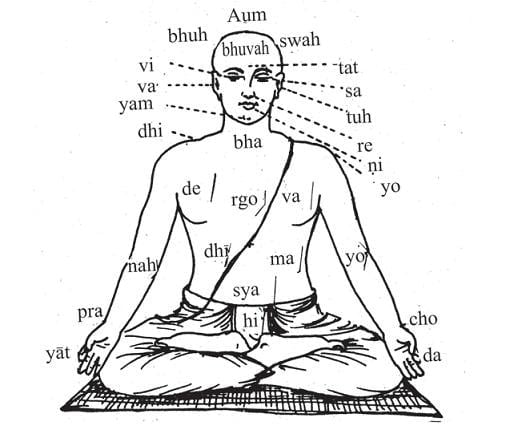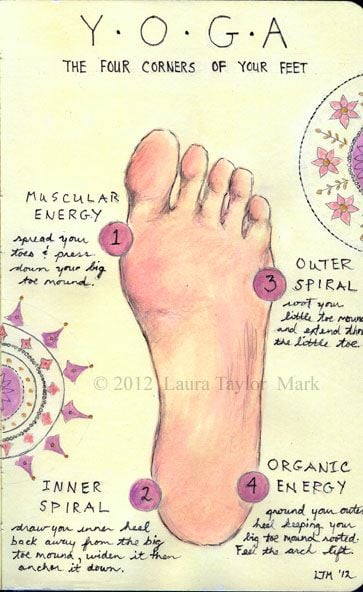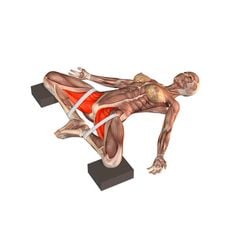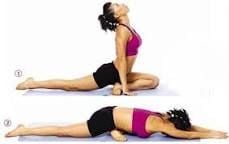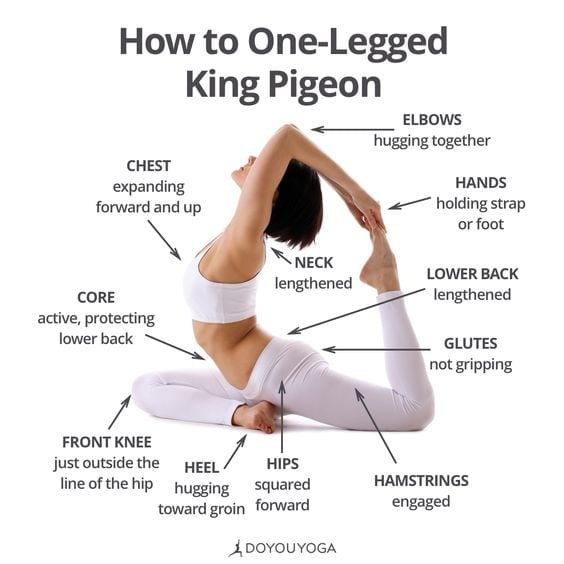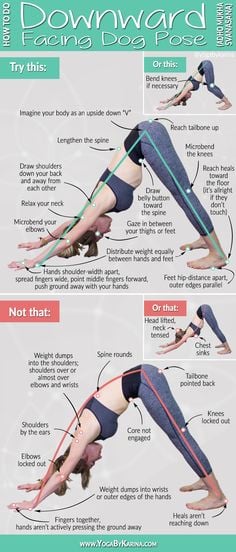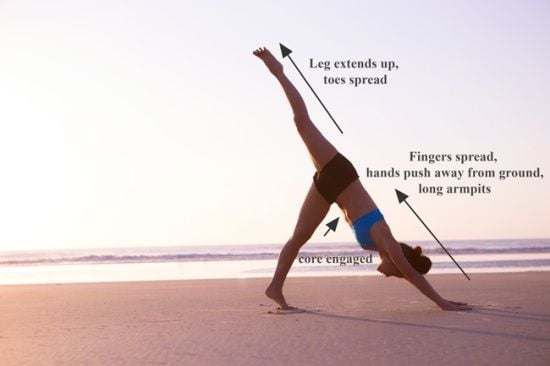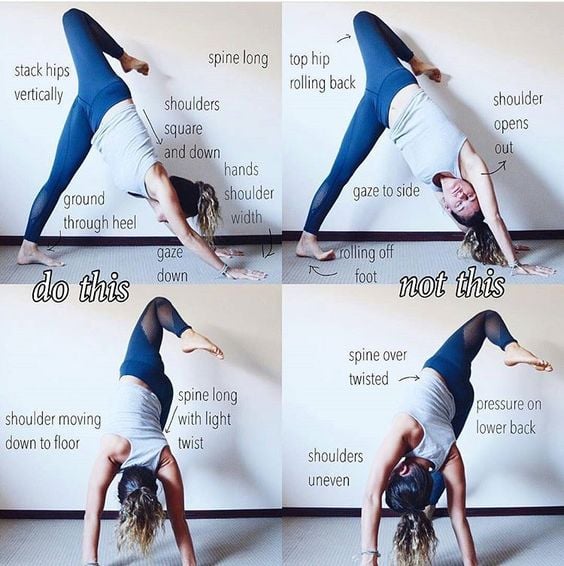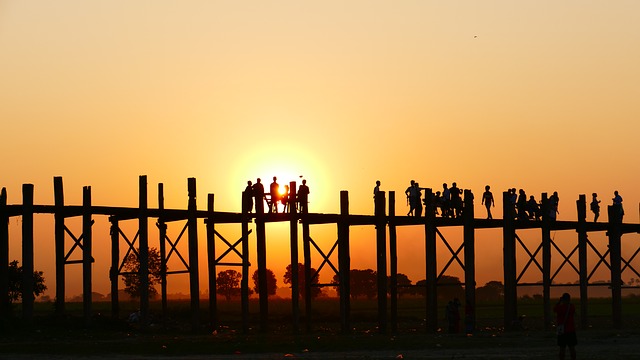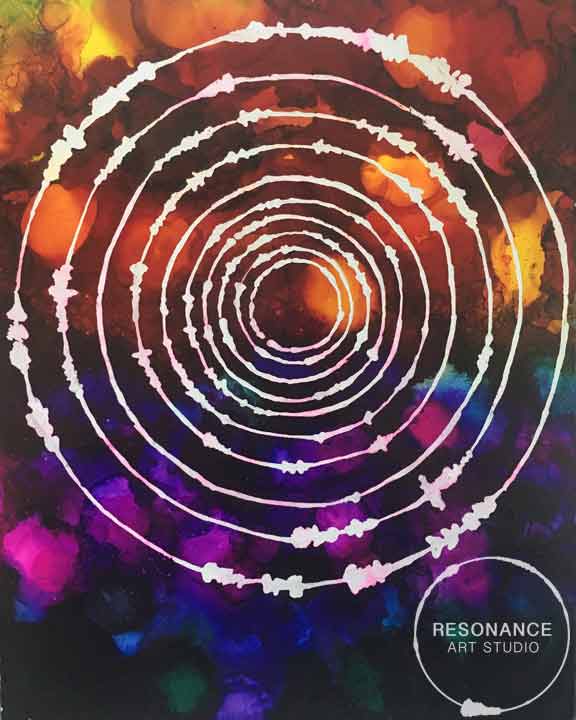“Forget your perfect offerings. There is a crack in everything. That’s how the light gets in”. – Leonard Cohen
You’ve just spent the last week sipping luscious coconuts and swimming in the palm fringed crystal blue waters of paradise. You’ve just done more Yoga asana and meditation in a week that in the past month combined. Your body feels more open and free than you can ever remember and your mind feels oh so clear. You feel inspired. Your life has been transformed and you feel that you are evolving.
So now what?
And then you remember:
After each expansion, comes a contraction.
After each inhale, comes the exhale.
What goes up must come down.
This is the nature of all things – to be in a state of flux and change.
The retreat is over now and those pesky thoughts come back in…”I’ll never be able to do this on my own!!!! Or “Oh NO! How am I going to keep this up?! Its so easy to be practicing and peaceful when I’m here but what happens when I go home?’. They want to know, “How can I keep this feeling alive? How can I stay in the practice of LOVE and gratitude and openness to new ideas?”
The reality as most of us live it, is that we have busy lives, full of ever-evolving, super important, pay attention in this very moment, distractions. The habits, routines and stresses of daily life begin to seep back in, and much quicker than we would have hoped.
Life happens very quickly and suddenly our time fades into a golden memory. That wide open hearts and spirit you may have felt at certain points on our retreats seems to have been just a peak moment, a fleeting memory.
Life is a relentless fury of waves that will keep coming. All we can really do is manage how we surf the waves.
Here are some Tips and Suggestions to help your integrate the Bliss into your everyday life and carry it forward to help navigate this lifelong journey.
1. Love What Is.
I have spent a lot of time this life, trying to better than I am, trying to heal myself, to perfect, purify and fix myself in order to somehow feel that I am good enough, smart enough, disciplined enough, successful enough, worthy enough, fill-in-the-blank enough. It’s exhausting. Just for a moment contemplate the possibility that you are enough as you are in this moment, that you are perfect with all of your imperfections, that. How does that feel? Come back to this practice again and again. Be mindful. Love what is.
2. Practice for 10,000 Hours.
It can take time to truly integrate the wisdom and inspiration we have into action, but as Pattabhi Jois, the founder of Ashtanga Yoga reminds us “Practice and all is coming”. – Pattabhi Jois
Malcolm Gladwell in his best-selling book Outliers, offers us the theory of the 10,000 hours towards mastery of anything. If we want tomaster the guitar – 10,000 hours. If we want to master hula hooping – same thing. If we want to master mindfulness, peace, presence, joy, being in our center…10,000 hours. So basically, every time we practice meditation, asana, or spend time in sangha we are shoring up those 10,000 hours. Each little bit counts. Knowing this, we can let go of any judgment we have towards ourselves with regards to where we are in relation to where we “should” be and simple celebrate every time you do! Instead of focusing on how you didn’t show up to the mat today, celebrates every time you do, even if it’s for 5 minutes.
3. Remember the 3 Jewels of Buddhism:
Buddha, Dharma, and Sangha.
Buddha – nature – Our Essence
Buddhism offers us a framework for integrating bliss, by reminding us that
each one of us has the potential to wake up from the dream of separation, from the stories we tell ourselves about who we are, from the fears that limit us. We each have the potential to be free from sufferings in this moment, here and now, even though it can be hard and situations around may present us with challenges. Mother Thesesa, Hitler…..everyone can wake up. And it’s not a simple meritocracy. Just because you do well in the world, does not mean you will wake up. Being in full alignment, though, words and actions is ideal for setting up all the conditions in which waking up occurs., but so much more is involve – primarily, Yoga reminds us to close our eyes. Look inside. Everyday. For as long as you can. And this will help connect you to your Buddha-nature.
Dharma – The Path
Yoga Retreats, intensives, workshops and trainings are amazing because they give us the opportunity to really engage and go deep with the timeless tools offered by the 2000 year old + tradition of Yoga. We can get new insight and re-discover aspects of ourselves that we may have lost a little a long the way. Yoga offers us the 8 limbs to freedom – the Ashtanga Yoga system , which includes the yamas and niyamas, asana, prananyam, pratyahara, dhyana, dharana and Samadhi. We can model our lifestyles on these, we can read dharma books or books by contemporary teachers like Eckahrt Tolle, Wayne Dyer, the Dalai Lama…. We can spend time with living Masters and teachers . You will find a lot of repetition on this path. Repetition is said to be the mother of all teachers. Even after a decade of devoted yoga practice, I am still amazed how the simple reminder from a yoga teacher to breathe in any given moment, can take me so deep. So the moral of the story here is practice. Sadhana. The practice is there for you always to take you home – and it will never judge you ever for not coming back sooner.
Sangha – Stay connected with this amazing Community of truth-seekers
Often after an unforgettable retreat like this, you make connections and feel your belongingness to community. We realize that people of all ages and backgrounds are coming to these retreats all wanting more happiness, more freedom and joy. The first noble truth of Buddhism – all being suffer. We are united in our suffering and we are united in out desire to be happy and free. So at the end of the day, actually we are all the same.
It never ceases to AMAZE me, how at that at the end of each retreat week, people from all around the world, of all ages and backgrounds, have connected so deeply and formed such powerful bonds and friendships. And nowadays, it’s so easy to stay connected with the people you meet along the path who inspire you to be in your highest self.
4. “Be the change you want to see”. – Gandhi
You have the wisdom and you are invited to use it whenever you so chose. You know how to live your life in more balance. You know the discipline your require from outside to get you on track. And you also know that it requires discipline and showing up. Showing up = success in life.
And you may start to feel a certain niggling dissonance anytime you do something that is outside of that wisdom of your higher self.
5. Practice Gratitude
More gratitude = More happiness
Gratitude is said to be the most powerful prayer of all. Gratitude is also the #1 pre-cursor to santosha – contentment.
And let’s face it: You rock!
The decisions and choices you have made up until this point in your life have landed you on a Yoga retreat in paradise. So lets take a moment to celebrate your amazingness. We all get here though all kinds of unique trials and tribulations, challenges and breakthroughs. But you got here. And you have a week or two or 3 to really dive deep into your being, to explore your consciousness and open your body. Again, Amazing. You can even do it again if you want. What a life!
6. Dream Big & Plan your next trip.
Part of the great joy of coming on a trip like this is the anticipation. Having goals and setting intentions are really profound ways of manifesting what you want. Mike Dooley – the creator of “The universe” offers a metaphor that has been sticking with me through time. Life works like GPS system and there are two keys things we need to do to manifest our dreams. The first is to put in the destination address of where we want to go, this is our big dream or intention. The second is to put the car in drive, and begin taking actions and steps in the direction of what we want. . We can then let go of all micro managing, the worrying about the “how” and all the other details!
Let the universe work its magic in navigating you in perfection towards your dreams. And hopefully, that means coming back to visit us again!
So take a moment now to dream up your next trip, or the next way you will nurture your spirit, and reconnect with your self and nature, even if its just a day trip or a weekend – anything can help keep you focused on maintain your practice!
In Conclusion
Yoga Retreats are amazing eye-opening transformational experiences. It’s a common experience for people’s lives to shift into more alignment after this experience. But it takes courage and willingness to step out of the habits, the comfort zones, continuously, in every moment. Be patient. It takes more than a week to truly achieve Yoga – the state of union – of experiencing no-separation. It may even take 10,000 + hours. Every step a long the way counts and will bringer you into more lightness of being.
So remember – You have the capacity within you to AWAKEN NOW, you know the tools and you know the path – they are there for you in every moment, and you are supported by people just like you, all around you, and around the world, in yoga retreats, in your office, in your local yoga studio, or meditation center or meet-up – Find them.
P.S. We’d LOVE to hear from you. Comments? Thoughts? Ideas? Send us a message.














